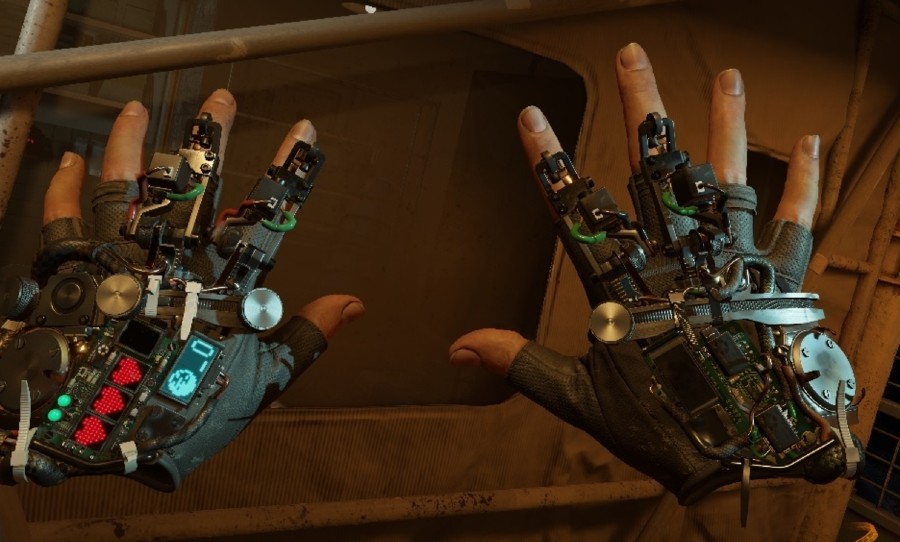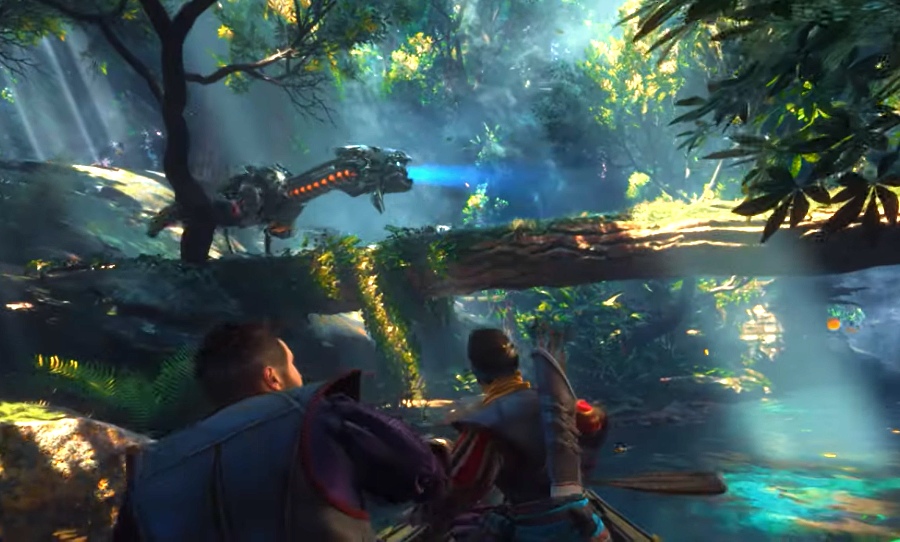After seven long years, the gaming community was finally been graced with Half-Life: Alyx. Yet in a bold, but commendable move, Valve Software made it the first-ever AAA VR exclusive.
While this remarkable new game has received rave reviews, what exactly does it mean for the platform of virtual reality (VR) and the future of gaming?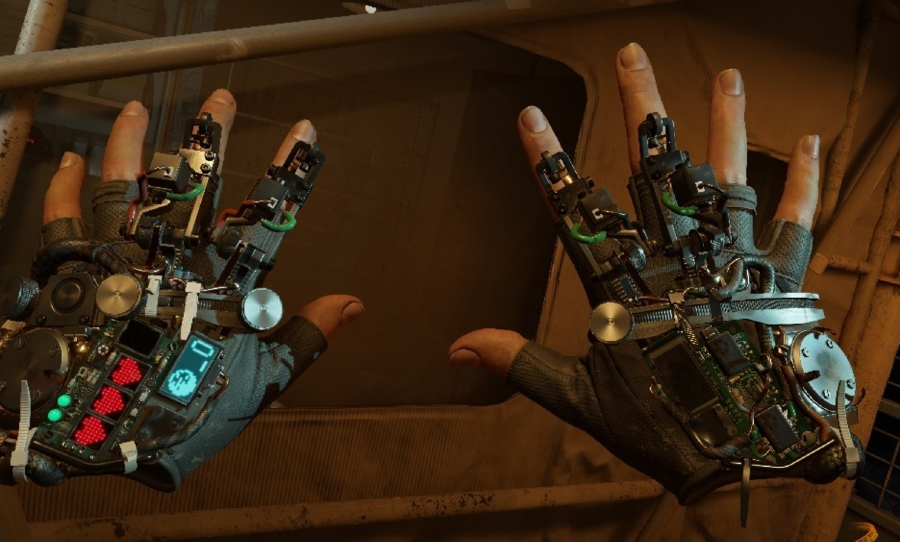
Is this the perfect VR game we’ve all been waiting for? We break down the problems and potential of Valve’s Half-Life: Alyx.
Virtual Reality
Even today, VR gaming is somewhat of a niche. While it has begun to penetrate various industry sectors such as healthcare, automotive, and military, it’s hard to argue that releasing a game solely on VR isn’t a risky move. Especially a AAA title, and that’s exactly what makes Half-Life: Alyx so fascinating.
Whether it’s a global success or not, corporations like Valve, with beloved characters and vast game worlds, devoting a series instalment exclusively to VR is exactly what the platform needs if it is able to grow and ultimately, flourish.
It is predicted that the VR market is destined to drastically expand from $6.1 billion in 2016 to $19 billion in 2020. This perfectly mirrors the steady trend of the gaming industry projected to reach over $300 billion by 2025. With VR growing by 110% each year, that makes it one of the fastest-growing industries in the world.
VR offers players the promise of unmatched immersion, allowing people the ability to not only govern the players’ actions but to perceive virtual environments and touch objects as if they were real. And that brings us to Half-Life: Alyx.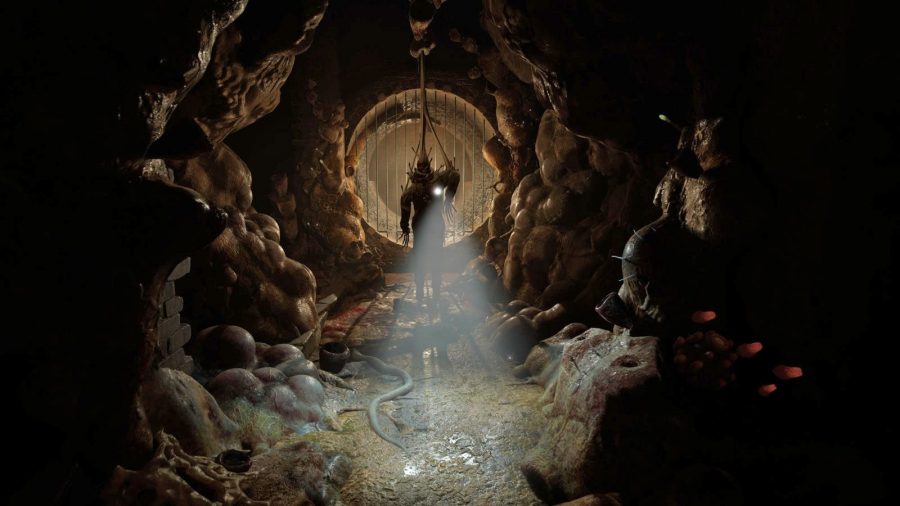
Half-Life, full immersion
Valve Software’s highly anticipated return to Half-Life is a resounding success for the franchise, returning to old roots and new horizons. Due to the glaring omission of a 3 in the title, it should be obvious that Alyx is not a continuation of Half-Life‘s main story.
Instead, it’s more of a prequel, taking place half a decade before the events of Half-Life 2. Another observation obvious from the title is that you don’t take the rein of famed series protagonist Gordon Freeman but of his companion, Alyx Vance.
Vance is 19-years-old and fighting guerilla warfare as a rebel against an alien faction called the Combine. Without giving too much away, your father, Eli, is abducted by Civil Protection and the plot escalates as you journey to City 17’s Quarantine Zone to rescue him.
Now, VR can be both an exhilarating and strange experience. While much of it can feel like a clunky magic trick, when done correctly it can absolutely feel like you’re physically occupying a digital space, and that can be extremely daunting and a little head-spinning. As a medium, few others can offer an experience akin.
While many previous VR games have played out like an extended tutorial, Alyx is the training wheels before you catapult down a hill at full speed. Clearly a significant upgrade from the Wii U controller, hand motion is fluid and responsive with unprecedented accuracy.
As the nature of all Half-Life games is fairly linear, it seems as if Valve have created the perfect franchise for a VR entry, if not an entire overhaul. Moving past obstacles, pushing forward through scenarios at the game’s directions and solving environmental puzzles. It’s relatively straight forward stuff and Valve Software have done well to avoid the bane of VR’s existence: motion sickness.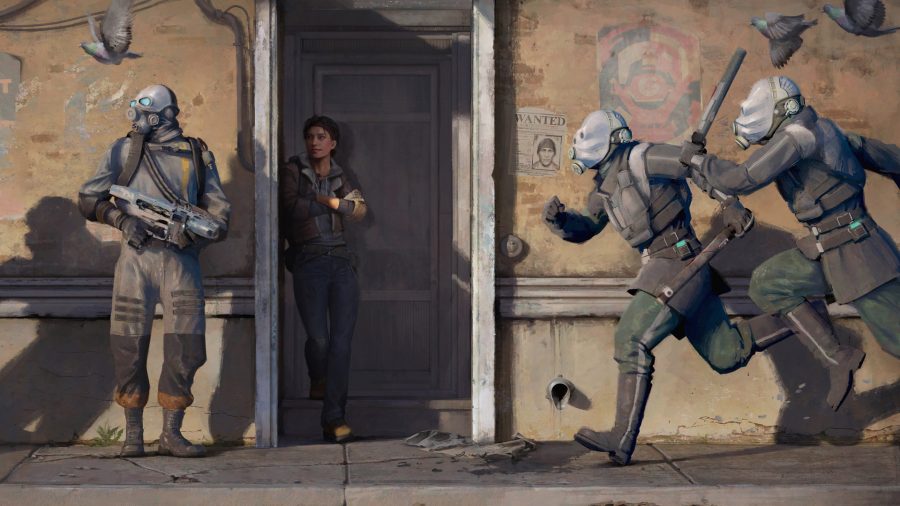
With a game so graphically advanced and physically immersive, many gamers around the globe have expressed anxiety about playing a 30-hour game while battling motion sickness – and that’s after you’ve bought the expensive headset and even more expensive PC.
However, Alyx deftly swerves around this by allowing almost every kind of potential movement within the VR space. Players can teleport short distances rather than step by step, or you can even walk continuously using the left analog stick. This can be aligned to follow the direction of your hands, and therefore likely your body, or the direction your head is facing.
This multi-faceted consideration of movement allows for the rest of the game to flow naturally and for extended stints of playtime without disorientation. Plus, Valve solved one of the most notorious VR problems of all with a genius little gadget called the ‘gravity glove’.
Early on in the game, Alyx receives an upgrade that allows her to manipulate physics and avoid picking up objects by hand. With the flick of a wrist and a catching gesture, you can propel an object towards you and catch it on the fly. From a hand grenade to a box of matches, this smooth trick never fails to feel satisfying. This genius tool to weave the sci-fi setting of the game into the fabric of VR’s failures is a fine example of intelligent game design.
So yes, Half-Life: Alyx is a giant leap forward for VR gaming highlighting both the future potential of the platform as well as it’s inherent limitations. A game that’s so brilliantly immersive can be dizzyingly difficult to play, as many have already confirmed.
While it doesn’t match the gameplay fluidity of DOOM Eternal, for example, it certainly exceeds it (and possibly every other game) in immersion. Due to the inherent issues of the medium and it’s relatively small fanbase, one must ask oneself, “Is it worth it, and can it do gaming better than what I have at home?” Well, Alyx just got ranked amongst Steam’s Top 10 games of all time and it only came out nine days ago. That is astronomical stuff!
Truly, Half-Life: Alyx is a great game that takes a brave leap into uncharted territory and raises its hands to the sky triumphant. Though it may not receive the worldwide praise and attention it most certainly deserves, I think it’s more important to look at the success of Half-Life: Alyx by the games that it will inspire.
